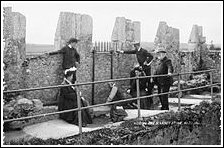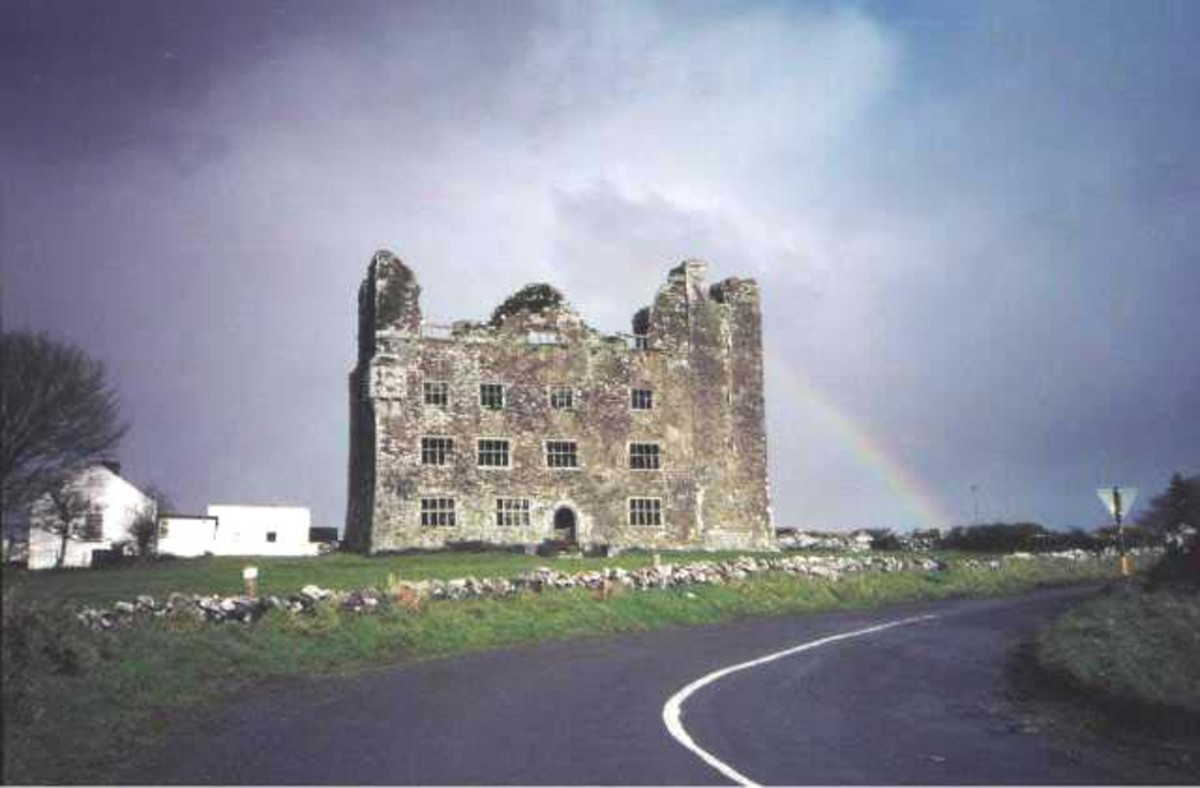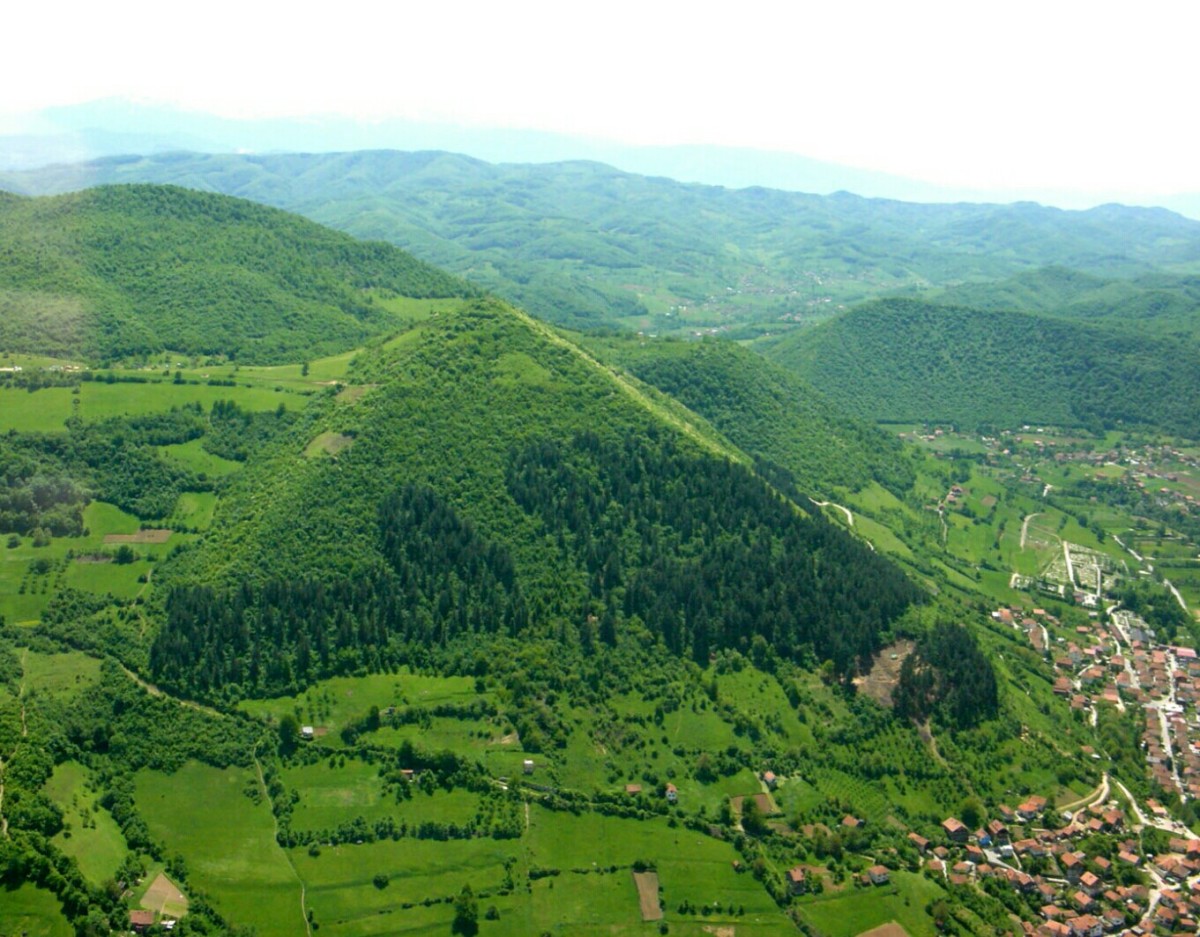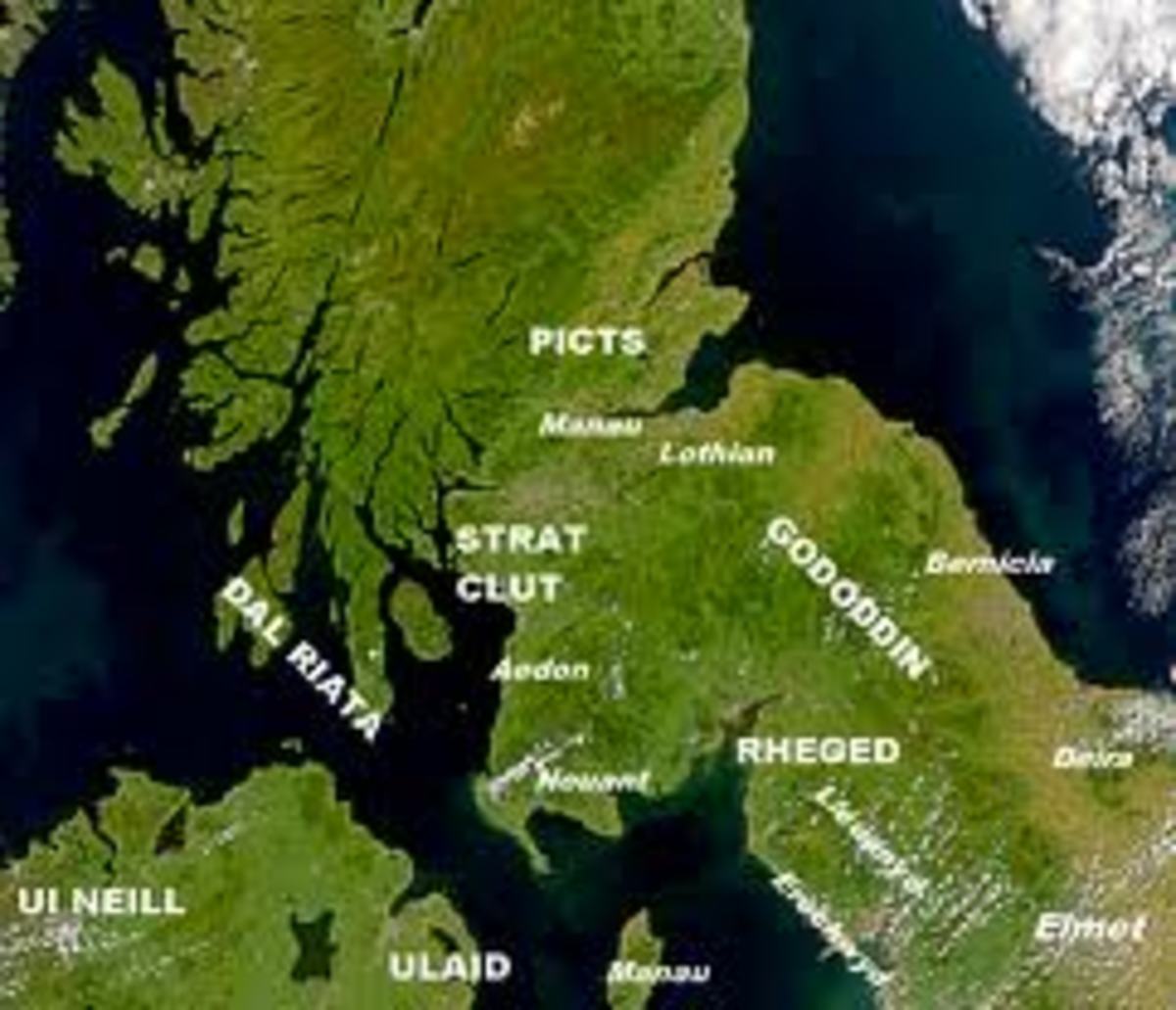Legends of the Blarney Stone


There seems to be as many names for the legendary Blarney Stone as there are tales of whence it came. The Blarney Stone is a portion of a block of bluestone built into the battlements of Blarney Castle in the village of Blarney, near Cork, Ireland. It is said for those who kiss the stone certain mystical properties will be bestowed upon them, namely the ability to speak eloquently. Thus the expression, “That’s a lot of blarney.”
Along the same lines, the stone has also been called the Stone of Eloquence, Stone of Destiny and the Fatal Stone. It’s not known for certain how long the custom of kissing of the stone has been in existence, but there are more than a few accounts told about its origin.
Perhaps the earliest story involves the goddess Cliodhna, a Queen of the Banshees and Cormac MacCarthy, King of Munster who built the castle. The story says MacCarthy was involved in a lawsuit and asked the goddess for her help. He was instructed to kiss the first stone he found on his way to court. He did so, and with great eloquence won.
One local legend claims an old woman was saved from drowning by the king of Munster. Apparently she was considered to be a witch as she rewarded him with a spell…more specifically the gift of gab he would receive for kissing the Blarney Stone.

However, the most popular version tells about Cormac MacCarthy, who in 1314, sent over 5,000 troops to help Robert the Bruce defeat the English at Bannockburn. Robert the Bruce gave a portion of the stone to Cormac McCarthy, who installed it at Blarney Castle. It’s been known as the Blarney Stone ever since. Later, in 1446, King Dermot McCarthy reinstalled the stone in a tower of a larger castle.
Some say it was the biblical Jacob’s Pillow brought to Ireland by the prophet Jeremiah. Others say it was the deathbed pillow of St Columba on the island of Iona. In either case it later became a prophetic oracle, foretelling who would sit on the Irish throne in the Jacob account and Scotland’s throne in St Columba’s narrative.
There is also a story suggesting it it may be a stone brought to Ireland during the Crusades. Some believe it might be the Stone of Ezel, the one David hid behind when King Saul was seeking to kill him. A few claim it was the stone Moses struck and water sprang forth.







